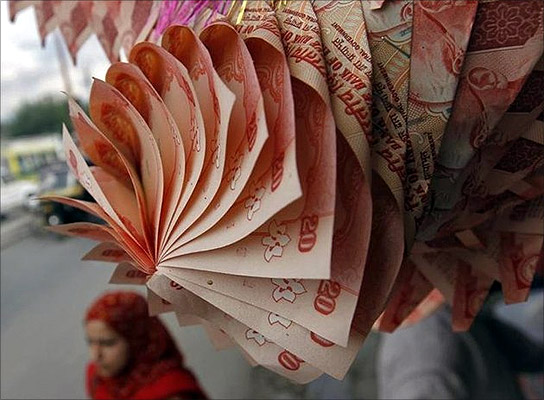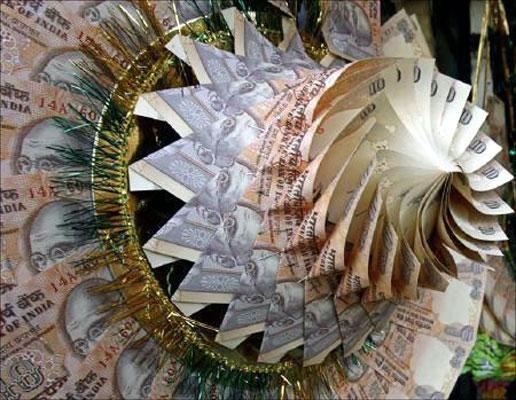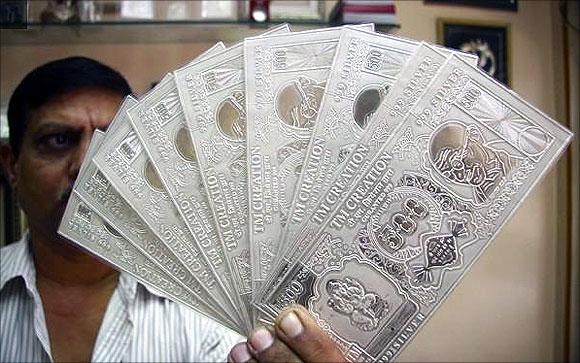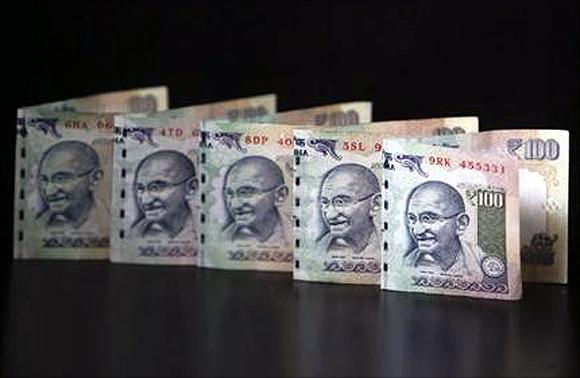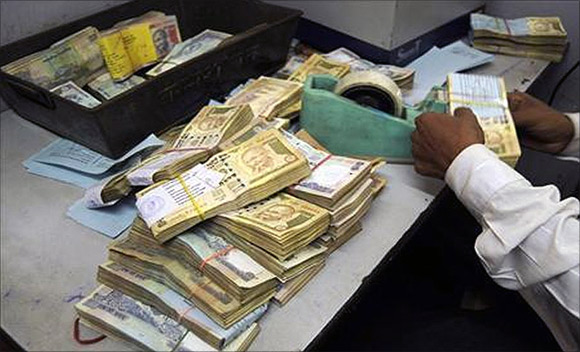 | « Back to article | Print this article |
Rupee decline casts shadow over PE exits
The private equity (PE) sector, already struggling for good returns from India, now has another problem to deal with: Depreciation of the rupee. Apart from bringing the margins down, the rupee fall is likely to hit the sentiments of global PE investors on India.
Indian industry had witnessed the largest size of PE investments during the 2006-2008 period. Although majority of the five-to-seven-year-old investments are ripe for an exit, the weakening of the rupee, which will provide lower returns in dollar terms, has cast a shadow on exit plans.
Click NEXT to read more...
Rupee decline casts shadow over PE exits
Pramod Kumar, managing director of Barclays Capital, said, “The massive depreciation in the rupee has had a significant impact on the returns that the financial sponsors could make from their investments in India.
Typically, these investors would like to make 20-25 per cent plus internal rate of return (IRR) on their investments. If you really look at rupee movement over the last three-four years, it has lost more than 25 per cent. That’s like adding at least one to one-and-a-half years of investment horizon.”
Click NEXT to read more...
Rupee decline casts shadow over PE exits
The rupee has fallen more than 33 per cent from 2006 till date. From 44.27 in 2006, the rupee had fallen to 58.77 against the dollar on Tuesday. From 53.81, on April 30, it has fallen 9.2 per cent at 58.77.
According to data from VCCEdge, 2007 had seen the largest size of PE/venture capital (VC) investments in India, worth $20 billion, while 2008 saw deals worth $14.6 billion.
With the flow of large investments, the rupee had appreciated about 11 per cent in 2007, at 39.41 from 44.27 in 2006.
Click NEXT to read more...
Rupee decline casts shadow over PE exits
Sudhir Variyar, managing director at Multiples Alternate Asset Management, said: “Exchange rate movement has started becoming a matter of significant concern for investors, because after a decade when one saw a steady Rs 45 rate, in the last three years the rupee has depreciated 30 per cent. This substantially impacts the eventual returns made by international LPs (limited partners) and, to that extent, has an impact on the India story. Of course, one way to rationalise this development is to look at longer-term rupee depreciation.”
Compared with 127 exits worth $3 billion in 2011, the country witnessed 162 exits worth $3.7 billion last year. The past five months in 2013 have seen large exits such as TPG’s from Shriram Transport Finance, Apax’s from Apollo Hospitals and Warburg Pincus’ from Havells. In 2013 till date, about 65 PE/VC exits worth $1.6 billion have taken place.
Click NEXT to read more...
Rupee decline casts shadow over PE exits
May saw exits worth $459 million, against $25 million in April. February saw the largest size of exits - $838 million.
According to experts, investors will not be able to take advantage of the rupee fall because they will be more cautious about new investments.
Mayank Rastogi, partner (private equity), E&Y, said: “On the flip side, whilst theoretically this should bode well for investing, practically, it does not always play out like that. Investing is a cumbersome and long process, requiring careful examination of multitude of issues... Therefore, being able to time investments with rupee dollar movement is tough, if not impossible. The volatility is leading to a lot of uncertainty and only delaying investments. Also, like a number of other things, this impacts PE investors more than other strategic investors due to the limited time horizons of PE investors.”
